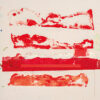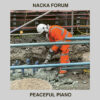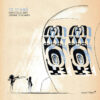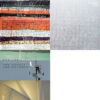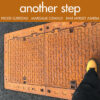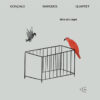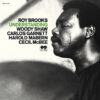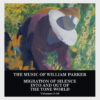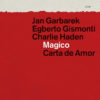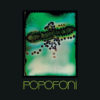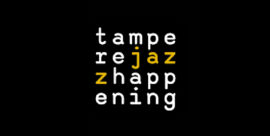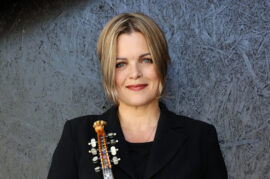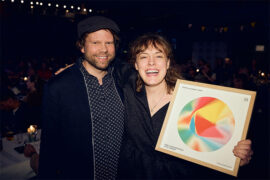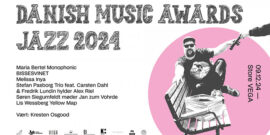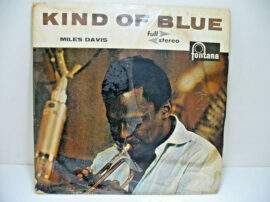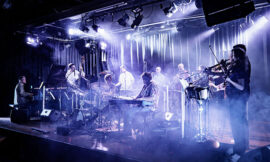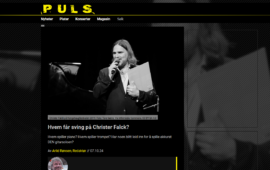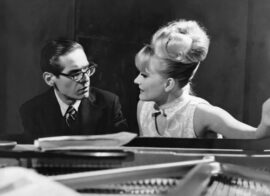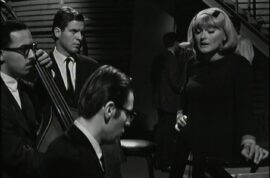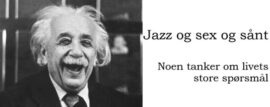
«Die Kunst der Fuge» (The art of Fugue, BWV 1080) is Johann Sebastian Bach late and mysterious cycle of fugues, written in the last decade of his life for unspecified instrumentation, Each of these polyphonic fugues uses some variation of a single musical subject, often for four voices and generally ordered to increase in complexity, and all explore elaborate contrapuntal possibilities in these musical subjects. It is believed that Bach thought that this cycle of fugues would be appreciated mostly by keyboard instrument virtuosos.
The Austrian Art Gang has been playing – literally – and improvising with this rarely performed cycle of fugues since its formation in 2013. The five musicians come from Upper Austria and have highly diverse musical backgrounds. Reeds player Klaus Dickbauer is a former member of the acclaimed Vienna Art Orchestra and co-founder of local sax quartet Saxofour; double bass player Wolfram Derschmidt has performed and toured with many jazz musicians, including Art Farmer, Terje Rypdal, Enrico Rava and Oliver Lake; guitarist Daniel Oman plays in Austrian Baroque Company and Ars Antiqua Austria; bassoon player Wolfgang Heller plays in the St. Florian Altomonte Orchestra; and cellist Thomas Wall plays in the Camerata Austriaca orchestra and Ars Antiqua Austria.
These Austrian Art Gang-sters took their time and let their modern approach ferment long enough before recording eight of the fourteen fugues in June 2017. They chose to emphasize the rhythmic components in these fugues and used the composed counterpoint as an inspiration for brief improvisations. At first, Guitarist Oman, bassoonist Heller and cellist Wall follow the refined notations of the fugues and only reeds player Dickbauer and later bass player Derschmidt allow themselves, patiently and gradually, more degrees and freedom. Both Dickbauer and Derschmidt transform «Fugue No. 5» to a playful, chamber jazz piece and Dickbauer even injects some be-bop sensibility to «Fugue No. 13». But, slowly, Oman, Heller and Wall improvise more and more , building arresting dramatic tension on «Fugue No. 4» and engaging, lyrical improvisations on «Fugue No. 10».
And for the curious (but dumb) question. Did Bach turn in his grave? This gang is certain that he did a little dance (perhaps a waltz), poured himself a nice glass of his favorite wine, and must have dreamt about a generous piece of Austrian apfelstrudel.
Eyal Hareuveni
Klaus Dickbauer (s, cl), Daniel Oman (g), Wolfgang Heiler (bassoon), Thomas Wall (c), Wolfram Derschmidt (b)
[amazon_link asins=’B077KH4ZVB’ template=’salt-peanuts-amazon-link-NO’ store=’salt-peanuts-21′ marketplace=’UK’ link_id=’c5c069f3-05e2-11e9-911f-3ba70b376219′]

